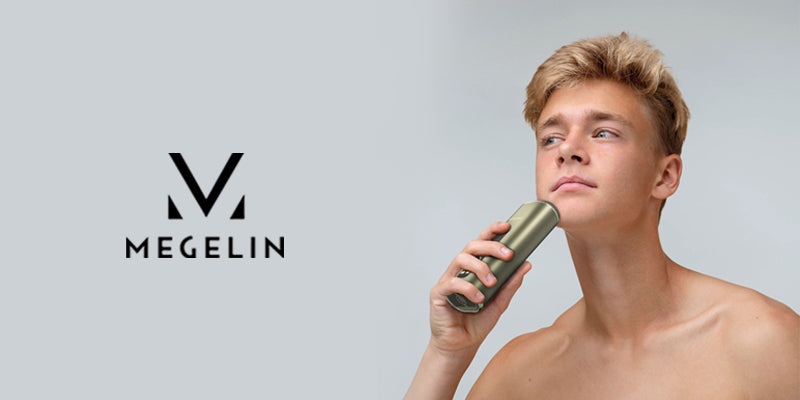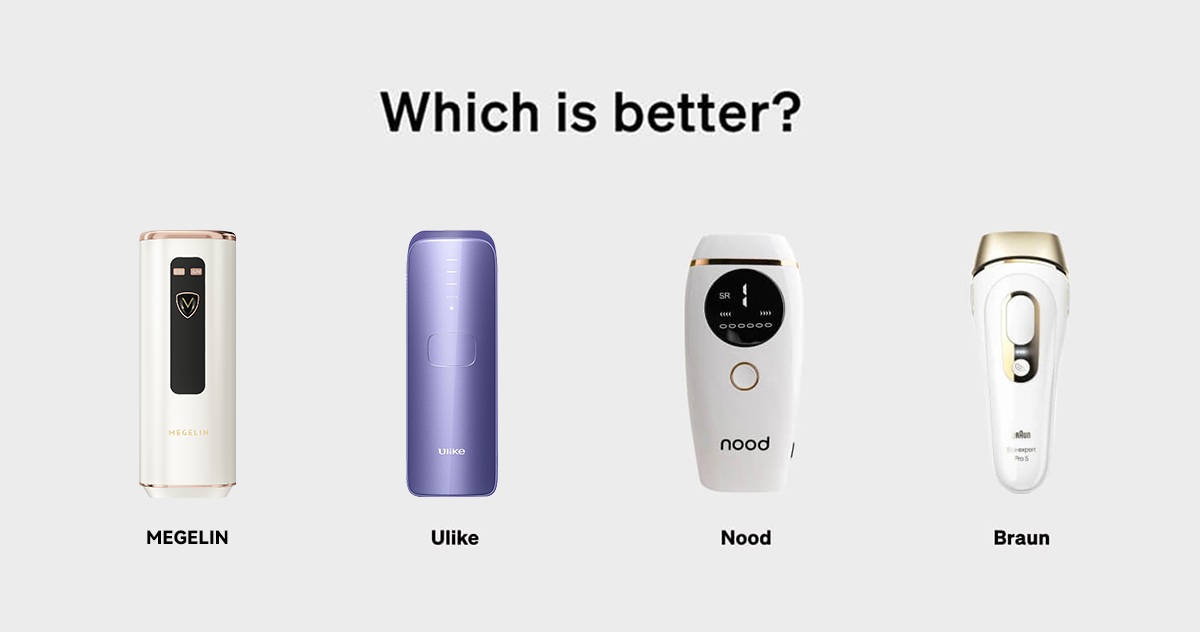
Does Light Therapy Work for Adrenal Fatigue?
2MegelinIn recent years, red light therapy has gained attention as a potential treatment for various health conditions, including adrenal fatigue. This innovative approach uses specific wavelengths of light to stimulate cellular function and promote healing. As more people seek natural remedies to address the symptoms of adrenal fatigue, the question arises: Does light therapy work for adrenal fatigue?
This article explores the connection between red light therapy and adrenal health. It delves into the basics of adrenal fatigue, examines how light therapy affects adrenal function, and discusses practical ways to use this treatment. By looking at the potential benefits of red light therapy for hormonal balance, stress relief, and overall well-being, readers will gain insights into this emerging therapeutic option for managing adrenal fatigue symptoms.
Understanding Adrenal Fatigue
What is adrenal fatigue?
Adrenal fatigue is a term used to describe a group of symptoms that supposedly occur in people under long-term mental, emotional, or physical stress. However, it's important to note that there is no scientific proof to support adrenal fatigue as a true medical condition [1]. The concept was introduced in 1998 by James Wilson, a naturopath and chiropractor, who described it as a syndrome resulting from adrenal glands functioning below the necessary level [2].
Common symptoms
The symptoms attributed to adrenal fatigue are often non-specific and can be found in many other conditions. These may include:
- Chronic fatigue
- Muscle weakness
- Loss of appetite
- Weight loss
- Abdominal pain
- Nausea and vomiting
- Dizziness or fainting due to low blood pressure
- Irritability and depression
- Joint pain
- Craving for salty foods
- Irregular or absent menstrual periods [3]
It's crucial to understand that these symptoms can also be indicative of other health issues or simply a result of a busy lifestyle [1].
Causes of adrenal fatigue
Supporters of the adrenal fatigue theory believe that when people face long-term stress, their adrenal glands cannot keep up with the body's need for stress-related hormones like cortisol [1]. However, it's important to distinguish this from adrenal insufficiency, a recognized medical condition caused by damage to the adrenal glands, resulting in inadequate cortisol production [2].
How Light Therapy Affects Adrenal Function
Impact on hormone production
Light therapy has a significant influence on hormone production, particularly cortisol and melatonin, which are crucial for adrenal function. Research has shown that exposure to bright light can modulate cortisol levels, with some studies reporting a reduction in cortisol levels during exposure to bright light (∼10,000 lux) for 6.7 hours [4]. This suggests the existence of a mechanism by which light can directly affect the human adrenal glands, potentially bypassing the HPA axis [4].
Mitochondrial support
Red light therapy, also known as photobiomodulation, has a positive effect on cellular energy production. When red light is absorbed by the body, it interacts with light-sensitive chromophores within mitochondria, stimulating the production of adenosine triphosphate (ATP), the cellular fuel [5]. This process can help address mitochondrial dysfunction, which is considered a root cause of many chronic health challenges, including adrenal fatigue [5].
Circadian rhythm regulation
Light therapy plays a crucial role in regulating the circadian rhythm, which is closely tied to adrenal function. Blue light exposure after dark has been found to increase cortisol production to daytime levels after one hour of exposure [5]. Conversely, red light therapy can help restore hormonal balance by regulating the production of melatonin and cortisol, potentially alleviating symptoms associated with adrenal fatigue [6].
Using Light Therapy for Adrenal Fatigue
Types of light therapy
Red light therapy, also known as photobiomodulation or low-level light therapy (LLLT), uses specific wavelengths of red and near-infrared (NIR) light to stimulate cellular function. The most beneficial wavelengths range from 630 to 660 nanometers (nm) for red light and 810nm to 850nm for NIR light [5]. These wavelengths have been shown to have positive effects on various conditions, including those related to adrenal function.
Another approach involves using blue-enriched white light during the day and blue-depleted white light in the evening. This method aims to modify the melanopic equivalent daylight illuminance (EDI) and daylight efficacy ratio (DER) values to support the body's natural circadian rhythm [7].
Recommended protocols
To use red light therapy at home, individuals need a red light panel equipped with LED lights that offer both red and NIR wavelengths. For targeting the adrenals, one can lean the panel against a wall and sit about 6 inches away from it. To address thyroid function, which can be related to adrenal issues, the panel can be propped on a table with the face about 6 inches from the light [5].
For blue light therapy, a study implemented a protocol where participants used blue-enriched higher-intensity white light (correlated color temperature >5,000 K) during the day, followed by lower intensity and blue-depleted white light (<3,000 K) for 3 hours before sleep [7].
Combining with lifestyle changes
While light therapy shows promise for alleviating symptoms related to adrenal fatigue, it's most effective when combined with beneficial lifestyle habits. These include:
- Reducing or eliminating added sugar and caffeine intake
- Eating more nutrient-rich vegetables
- Staying hydrated by drinking more water
- Engaging in moderate daily exercise
- Practicing stress-relief activities such as meditation, yoga, or hobbies [5]
It's important to note that while light therapy can support adrenal function, it should not be considered a standalone treatment for adrenal fatigue. Individuals should consult with a healthcare professional and potentially undergo blood tests to rule out other conditions before starting any light therapy regimen [5] [6].
Conclusion
Light therapy shows promise as a supportive treatment for individuals experiencing symptoms often associated with adrenal fatigue. By having an influence on hormone production, supporting mitochondrial function, and helping to regulate circadian rhythms, this approach may offer relief to those struggling with persistent fatigue and stress-related issues. What's more, when combined with lifestyle changes such as improved nutrition, regular exercise, and stress management techniques, light therapy could be a valuable tool to enhance overall well-being.
To wrap up, while the concept of adrenal fatigue remains controversial in the medical community, the potential benefits of light therapy for addressing related symptoms are worth exploring. As research in this field continues to evolve, it's crucial to approach light therapy as part of a holistic health strategy, rather than a standalone solution. Anyone considering light therapy to manage their symptoms should consult with a healthcare professional to develop a personalized treatment plan and rule out any underlying medical conditions.
FAQs
1. Can red light therapy reduce cortisol levels?
Yes, some research suggests that red light therapy can lower cortisol levels in the body. Cortisol is a hormone that helps keep us alert and energized. Lowering cortisol might help those who suffer from insomnia or other sleep-related issues.
2. How can adrenal fatigue be treated?
Treating adrenal fatigue typically involves lifestyle changes such as adopting a nutritious diet, increasing physical activity, enhancing sleep quality, and avoiding harmful substances like tobacco, alcohol, drugs, and caffeine.
3. What are the best remedies for adrenal fatigue?
To support healthy adrenal function, it is recommended to follow a diet low in sugar, caffeine, and processed foods. Additionally, targeted nutritional supplementation is advised, including vitamins B5, B6, B12, vitamin C, and magnesium.
4. What should be avoided if you have adrenal fatigue?
If you're dealing with adrenal fatigue, it's best to avoid added sugars and white flour as they can lead to increased inflammation and worsen symptoms. Also, beverages containing caffeine or alcohol should be avoided as they can stimulate excess cortisol production, exacerbating the condition.
References
[1] - https://www.endocrine.org/patient-engagement/endocrine-library/adrenal-fatigue
[2] - https://www.webmd.com/a-to-z-guides/adrenal-fatigue-is-it-real
[3] - https://www.niddk.nih.gov/health-information/endocrine-diseases/adrenal-insufficiency-addisons-disease/symptoms-causes
[4] - https://www.ncbi.nlm.nih.gov/pmc/articles/PMC3686562/
[5] - https://platinumtherapylights.com/blogs/news/red-light-for-adrenal-fatigue
[6] - https://rouge.care/blogs/rouge-red-light-therapy-blog/regaining-energy-may-depend-on-supporting-adrenal-fatigue-and-mitochondrial-dysfunction-with-red-light-therapy
[7] - https://www.ncbi.nlm.nih.gov/pmc/articles/PMC8473693/










